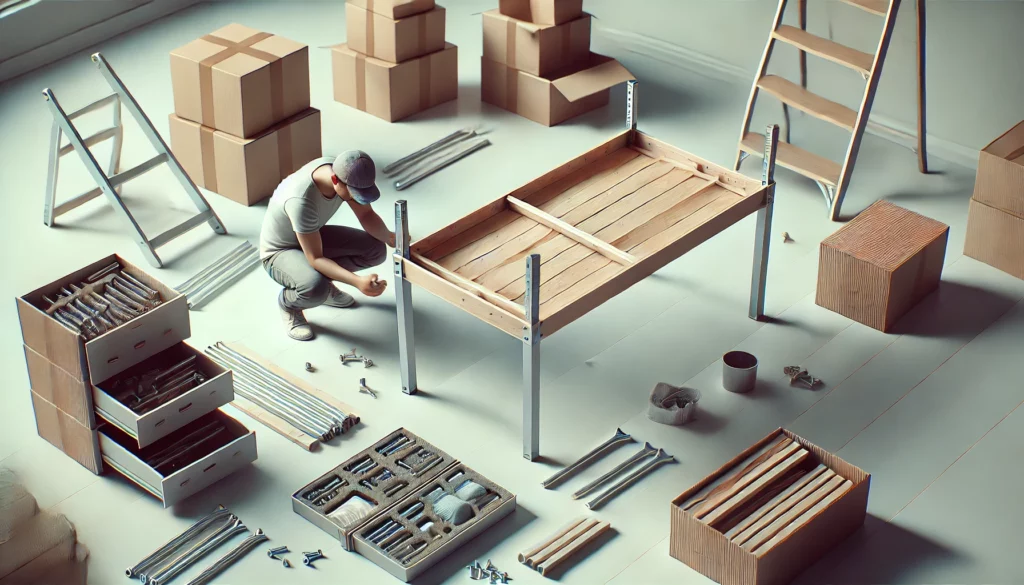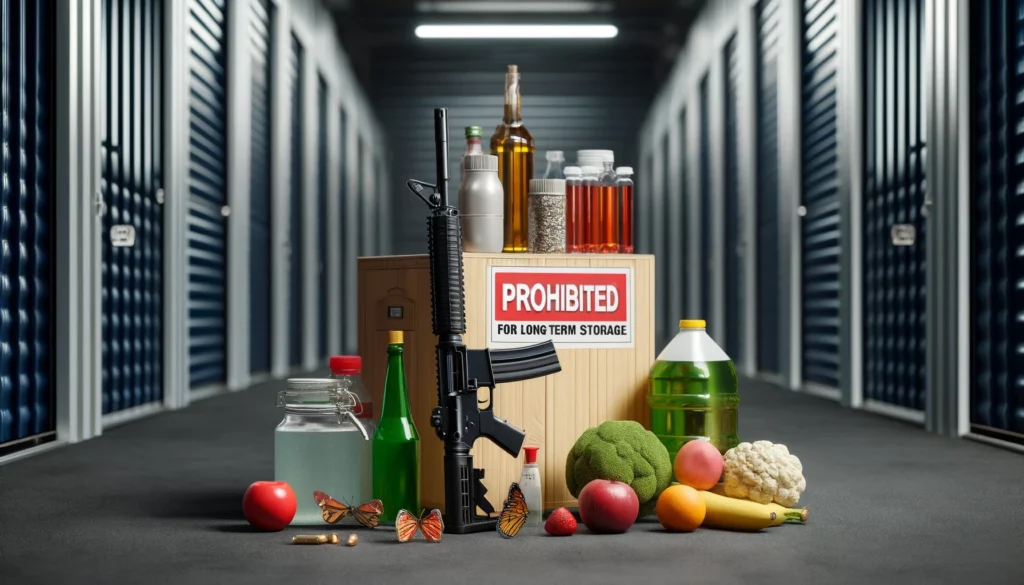When it comes to storing items for extended periods, it’s crucial to prepare them correctly to ensure they remain in good condition over time. Whether you’re moving, downsizing, or simply need extra space, long-term storage units offer an excellent solution. But how do you prepare your belongings to withstand months or even years in storage without suffering from damage? In this guide, we’ll walk you through the steps you should take to prepare your items for long-term storage units so that you can have peace of mind knowing your valuables are protected.
Why Choose Long-Term Storage Units?
Long-term storage units are ideal for those who need a secure, climate-controlled space to store their items for an extended period. These storage solutions are perfect for seasonal items, furniture, or belongings you don’t currently need but wish to keep safe. Modern storage facilities often provide added security measures such as CCTV, gated access, and individual unit locks. However, long-term storage is more than just placing items in a unit. Proper preparation is key to ensuring that your possessions stay in good condition. Let’s explore how to get your items ready for storage.
Step 1: Clean and Dry Your Items Before Using Long-Term Storage Units
Before placing anything in long-term storage units, it’s essential to thoroughly clean and dry your belongings. Dust, dirt, and moisture can cause long-term damage to your items. For example:
- Clean upholstered furniture with a vacuum and wipe down wooden or metal surfaces with a suitable cleaner.
- Wash and thoroughly dry all clothing before storing. Avoid using airtight plastic bags for storage, as these can trap moisture.
- Clean all kitchen appliances and ensure they are completely dry to prevent mould or mildew.
Recommended: How to Avoid Damage When Preparing and Storing Furniture
Step 2: Disassemble Larger Items

When storing large furniture or equipment in long-term storage units, disassemble items where possible. For example:
- Take apart bed frames and remove table legs to make them easier to store and prevent damage.
- For refrigerators or washing machines, ensure all water is drained, and doors are left slightly ajar to avoid moisture buildup.
Disassembling items makes them easier to stack and store efficiently, while also reducing the likelihood of damage during handling.
Step 3: Protect Fragile Items for Long-Term Storage Units
Fragile items such as glassware, ceramics, and electronics require extra care when being placed in long-term storage units. Use the following tips to protect delicate belongings:
- Wrap breakables in bubble wrap or packing paper to cushion them.
- Clearly label boxes containing fragile items so that you can handle them with care when moving in and out of the storage unit.
- Opt for high-quality, sturdy boxes that will maintain their shape and integrity over time. Avoid using thin or damaged boxes that could collapse and damage items inside.
Step 4: Use Climate-Controlled Long-Terms Storage Units
For items sensitive to temperature and humidity changes, such as wooden furniture, electronics, and musical instruments, opt for a climate-controlled long-term storage unit. These units maintain a stable environment, preventing warping, cracking, and other damage caused by fluctuating conditions. While Space Centre doesn’t have climate-controlled storage units, our external shipping container storage units are designed to be weatherproof and ensure your belongings stay safe.
Step 5: Organise and Label Everything
Organisation is key when placing your belongings in long-term storage units. Follow these simple steps to make retrieving your items easy:
- Create a detailed inventory of what you’re storing. This will help you keep track of what’s being stored and make it easier to locate specific items when needed. It can also serve as proof of ownership and assist with insurance claims in case of damage or loss.
- Label all boxes with their contents and ensure they are stored with the label facing outward for easy identification. Consider colour-coding boxes for different categories of items.
- Have a plan for how your items will be stored in the unit. Keep frequently used items at the front and stack heavier boxes or furniture on the bottom to avoid crushing lighter items.
Step 6: Invest in Quality Packing Materials
Don’t skimp on packing materials when storing items for the long term. Invest in sturdy boxes, quality packing tape, and furniture covers to protect your belongings. Cardboard boxes that collapse under weight or poor-quality tape that loses adhesion over time can lead to damaged or lost items.
Step 7: Regularly Check Your Storage Unit
Even though the whole point of long-term storage units is to keep items safe for extended periods, it’s a good idea to visit the unit periodically to check on your belongings. This will help you catch any issues, such as leaks or pests, before they cause significant damage.
Step 8: Know What You Can’t Put In Long-Terms Storage Units

Certain items should not be placed in long-term storage units due to safety or legal reasons. These include the following:
- Perishable items like food, plants, or animals.
- Hazardous materials such as chemicals, explosives, or flammable liquids.
- Stolen or illegal items.
- Firearms and ammunition as stated according to the Firearms Rules 1998.
Before storing your belongings, check with the storage facility for a list of prohibited items to avoid any issues down the line. Read this self storage guide for more insights on what you can and cannot put into self storage
Donate/Sell Before Packing Long-Term Storage Units
When categorising items for long-term storage, think about items that may no longer serve a purpose for you but could still benefit others. These might include clothes that don’t fit, books you’ve already read, outdated electronics, or furniture that no longer suits your home. Rather than keeping these items in storage, consider donating them to charity or selling them online. This not only frees up valuable space but also helps reduce waste and supports those in need.
Need Help Choosing Long-term Storage Units?
Preparing your items properly before placing them in long-term storage units can make all the difference in preserving their condition. By following these steps, you’ll ensure that your belongings are protected and ready for future use when needed. From cleaning and packing to choosing the right storage environment, the time and effort you invest in preparation will pay off in the long run.
At Space Centre, we understand that choosing a long-term storage unit can be daunting. That’s why our friendly team is always available to assist with any questions or concerns you may have. We offer a variety of storage unit sizes and flexible rental options, making it easy to find the perfect solution for your long-term storage needs.
If you’re looking for secure and affordable storage options, Space Centre Self Storage provides a range of unit sizes, including long-term storage units, to meet your needs.